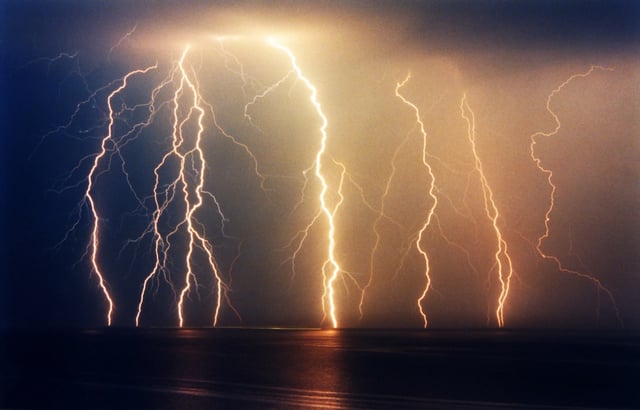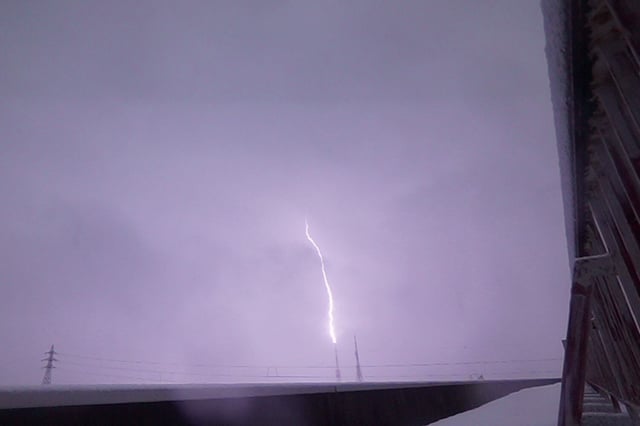Overview
- For the first time, researchers directly linked a terrestrial gamma-ray flash (TGF) to a specific lightning bolt using ground-based sensors in Kanazawa City, Japan.
- The TGF was observed 31 microseconds before two lightning leaders collided, creating a −56 kA lightning strike and confirming intense electric fields as the source of gamma-ray bursts.
- A cutting-edge multi-sensor system, integrating optical, radio-frequency, and gamma-ray detectors, enabled the precise observation of this fleeting phenomenon.
- The findings, published in *Science Advances*, validate long-standing theories on electron acceleration in concentrated electric fields during thunderstorms.
- This breakthrough provides critical data for understanding high-energy atmospheric events and has potential applications for aviation safety and infrastructure design.


